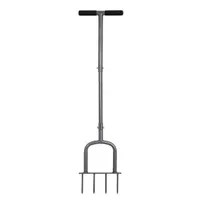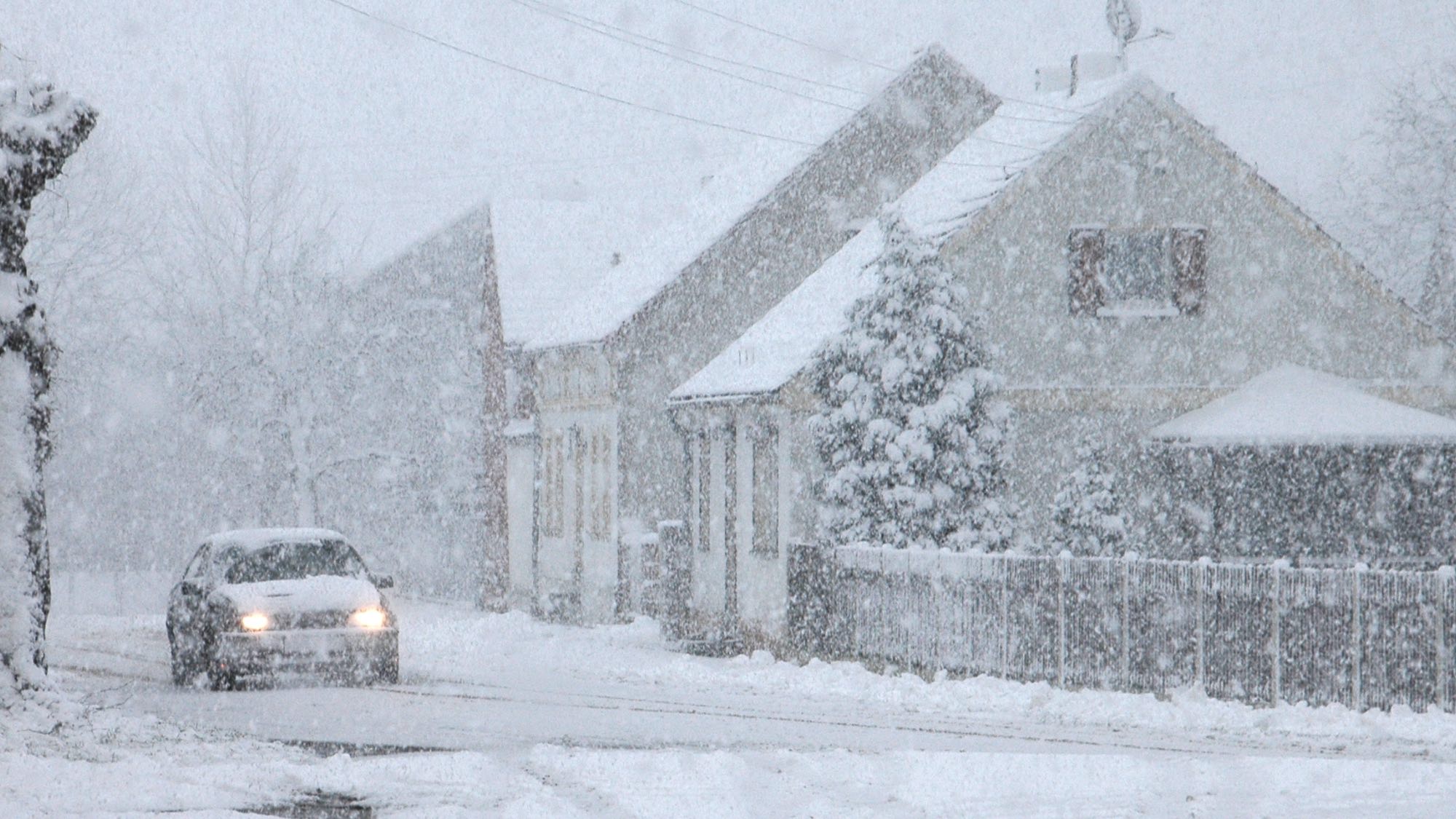How to take care of a small yard — 5 top tips from a garden designer
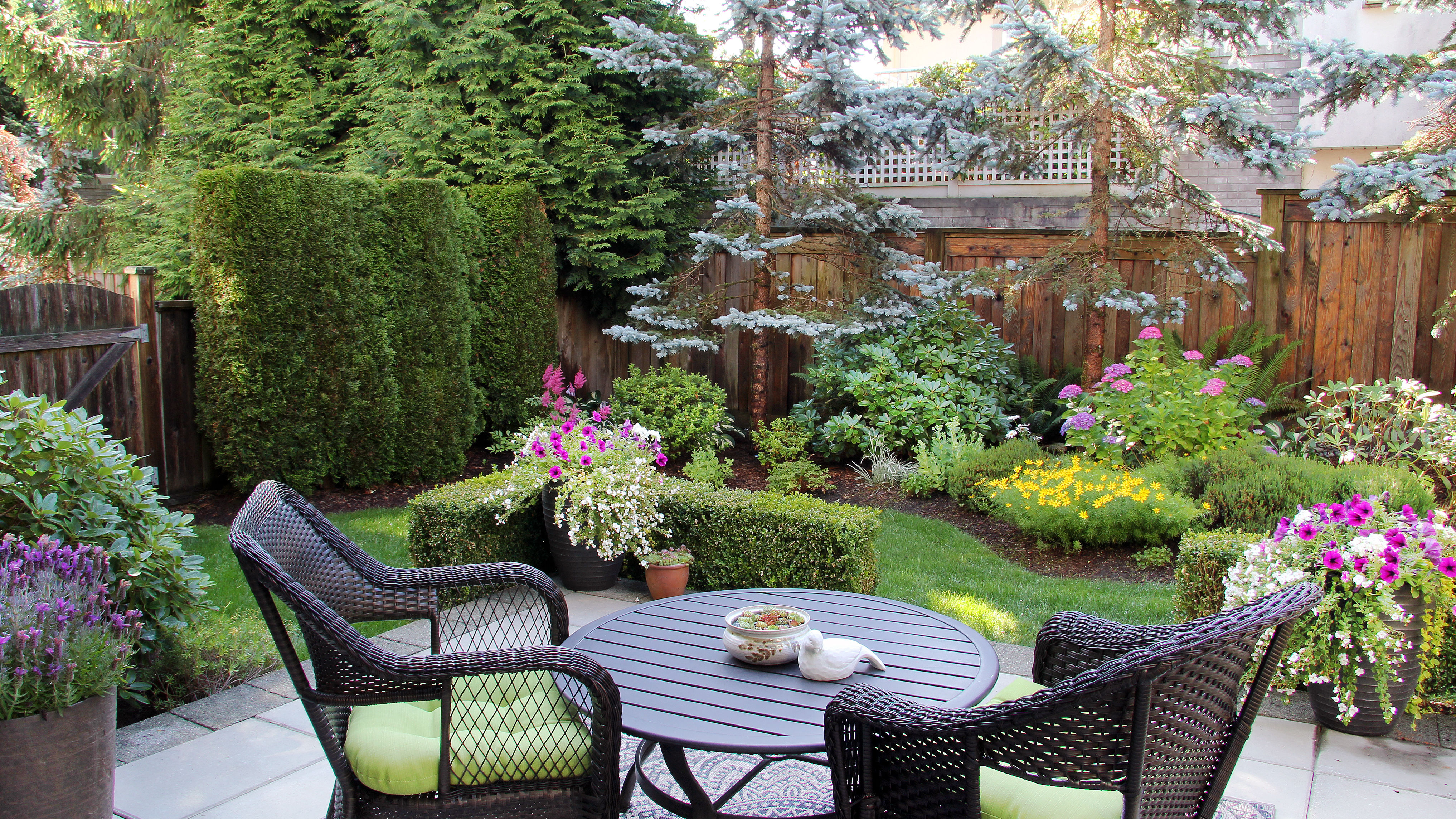
Having a small yard isn’t a bad thing, as they can be much more manageable to maintain. There is still room to be creative in design and you won’t need to spend as much on plants to fill out the space. But you do need to show your garden love and attention, even if it’s on the smaller size. In fact, a spring refresh that gets the yard ready for summer is especially important for small gardens, as the size means you can see the whole garden at once, all the time.
“The luxury of a big garden is you can have bits of the garden that look good at different times of the year,” explains Caroline Streets, garden designer and co-business owner of Planting Gems, a London-based garden design company. She’s also my mother and so I called her up to pick her brain on preparing a small yard for summer, as I know she’s very experienced at making the most of small London gardens. “With a small garden, you want it to look good all year round, because you're looking at that same space all year around.”
This means incorporating a mix of perennial plants and seasonal varieties that you can swap out every few months to provide visual interest. It also means taking the time to regularly maintain the area and keep it in peak condition. It will be much more obvious if a flower bed gets overrun by weeds or your planters are low on soil, because they will be consistently in your eyeline. Fortunately, with these five steps from a garden designer, you can keep your garden looking great throughout the summer.
1. Weed your borders and lawn
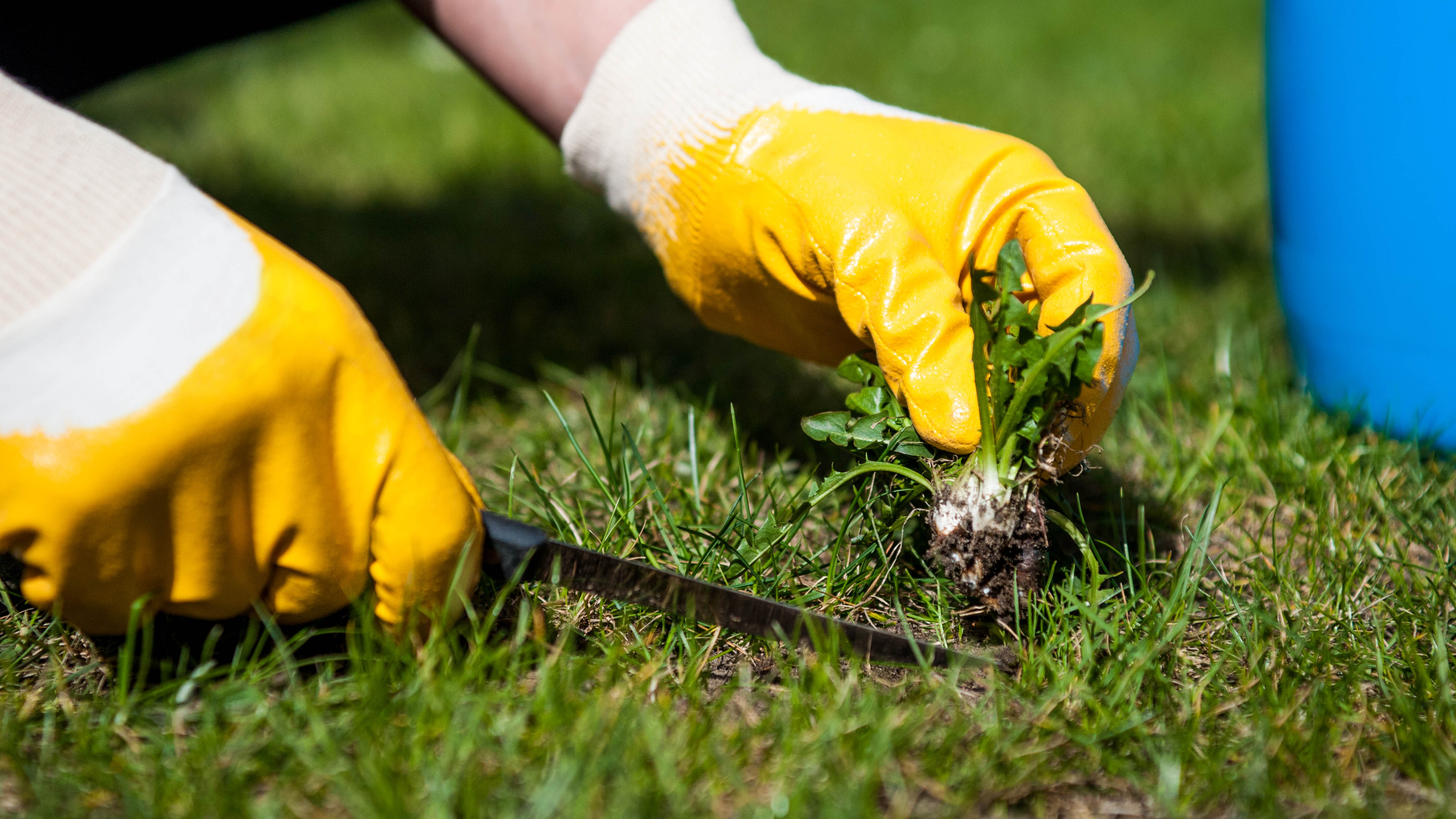
Weeds aren’t just unattractive but can be dangerous to the health of your garden. “You really need to get on top of weeds now because they will take all the nutrients from the soil and they will start smothering plants,” Caroline told me. If you are adding new and young plants to your garden for the summer, then they will be particularly vulnerable and so you want to ensure they are given the right growing conditions to thrive. Before you do anything else, take the time to remove any weeds that may have taken root over the winter. Inspect your flower beds, lawn and even your containers as you may be surprised at how quickly an infestation can spring up. It’s very common, so don’t beat yourself up about it — just remedy it now.
“We went to a garden yesterday which we had planted in the autumn and we could not believe it, some of the plants were invisible under the weeds,” says Caroline. “We've had so much rain that the client just hadn't been out and they both work long hours. They were horrified, there was a rosemary bush completely smothered in bindweed. So weeds, keep on top of them!”
BARAYSTUS Manual Lawn Aerator $22 @ Amazon
This manual garden aerator is made with stainless steel and requires simple assembly. It has four prongs to relieve soil compaction with a comfortable foot bar design. The garden implement is 35-38.5 inches tall, with a long 16 inch handle for easy use.
2. Feed your plants and soil

Your plants are getting ready to flower after a long winter and so they need some help to flourish. Once the weeds are gone, it’s time to get the soil in good condition so you can support your plants from the roots up. This is especially important if you are putting in new, young plants that have a lot of growing to do, or if you’re working with containers.
“This is the time where you're mulching, putting compost on borders, topping up pots,” says Caroline. “Pots will all have sunk over the winter so even if you're growing in pots [not flower beds], you've got to be topping up the soil.”
Get instant access to breaking news, the hottest reviews, great deals and helpful tips.
Over time, soil settles and gets more dense in its container, a process that is exacerbated by cold and wet weather. In some pots you may be able to see that the soil level has dropped by a centimeter or more, or the roots may have become visible. Compacted soil doesn’t allow air to travel through it, which is bad for plant health, so take some time to break up the top layer of soil and aerate it. Then, top off the container with fresh soil that is rich with nutrients. Finally, consider adding a layer of mulch or liquid feed to give your plants an extra boost before their prime growing season.
3. Clean the space of leaves and detritus

Spring cleaning doesn’t just extend to your home, but to your yard too. Cleaning your garden is good for aesthetic purposes and practical ones, so take a thorough approach. A small garden can still attract a surprising amount of detritus, especially if it’s situated near a lot of trees. Dead leaves and other clutter will also be more visible in a small space, so the impact is greater when you remove it all. By ridding the area of detritus, you also eliminate potential habitats of local pests and reduce the risk of them harming your young plants.
“You really need to clean tools, clean your shed, clean your patio,” says Caroline. “It's ideal to jet wash now, because that will discourage slugs and pests. They love leaves. Those winter leaves lying around, that's where all the bugs are. So you really want clean borders, clean paths, clean patios, clean pots.”
4. Plant creatively but efficiently
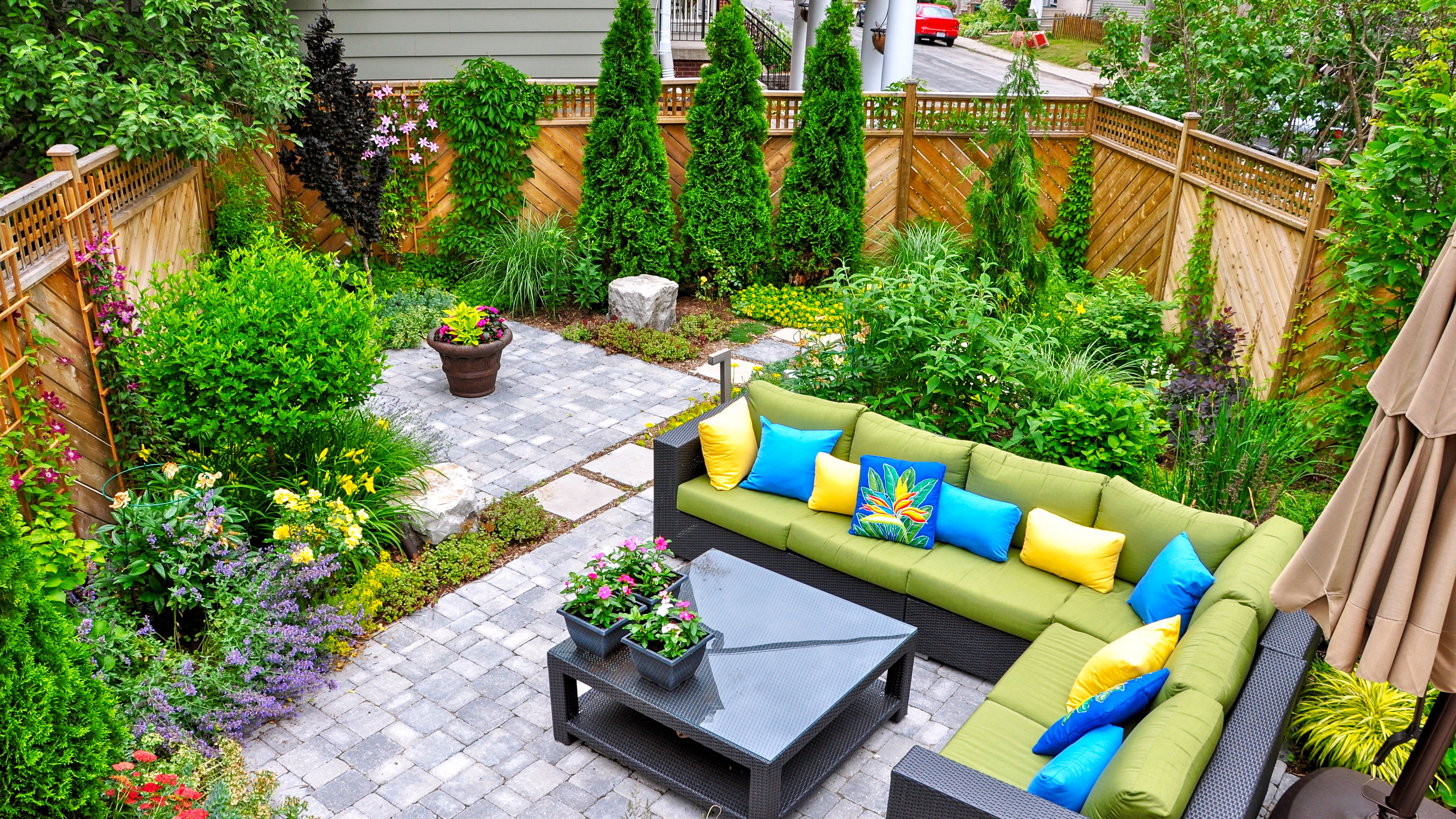
Once the yard is prepped, you can move forward to the fun part: picking out plants. A small garden gives you less room to play with, so your choices will be more noticeable. But don’t fall into the trap of assuming you have to use small items in a small space.
“People make a mistake with small gardens and they have far too many little pots,” says Caroline. “It's much better to have two or three large pots that not only create a statement, but also mean you have to water less and there's more soil to provide nutrients for the plants. You can make a really nice display of three or four plants in a big pot. Having lots of little pots is just impractical and it makes the space look smaller.”
Caroline told me that she and her business partner, Anne Fraser, often choose to fill a planter with one evergreen shrub, two perennials and then seasonal bedding to add color. This allows you to retain the same three plants through the year and into the next, while still changing up the display with the changing seasons. It’s more economical than replacing everything and better for the environment, so it’s really a win-win. Evergreens are a good option for year-round enjoyment and for adding structure to your garden, so don’t overlook them.
5. Watch your yard for changes
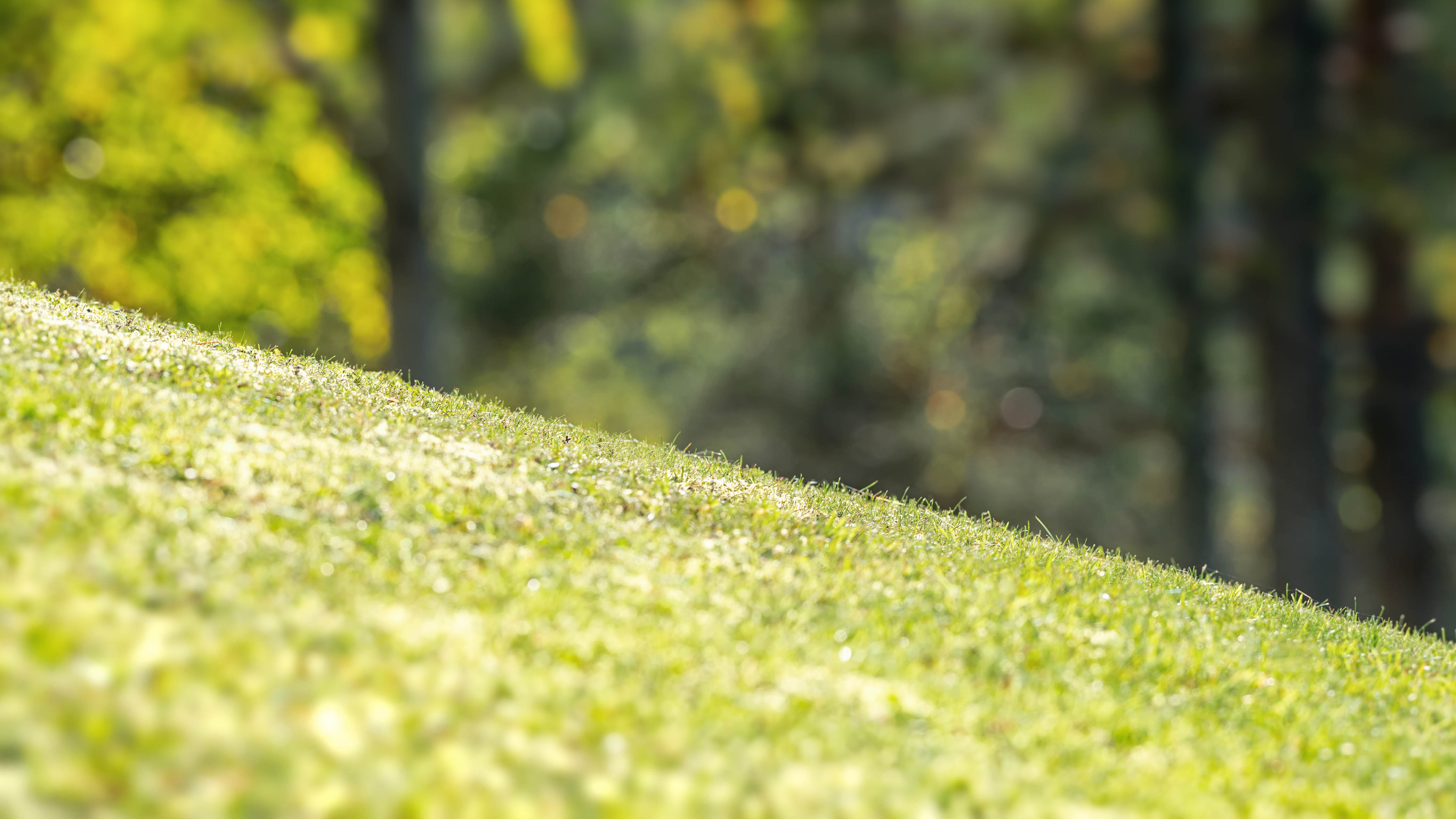
If you’ve followed steps one through four, then your yard should be in great shape. To keep it that way, make sure you’re regularly monitoring the garden so that you spot any potential issues early. One of the most common problems at this time of year is pests; they’re drawn to the younger plants and this is when they can do the most damage.
“Slugs and snails really love new young leaves,” explains Caroline. “Often you'll think a plant has been completely eaten, because they take all the new young leaves. Once they're around six centimeters off the ground then they're stronger, but that new young foliage is really vulnerable to slugs and snails. So it's a classic time to watch and just check that your plants are not being eaten.”
It’s also important to assess the hydration levels of your soil, especially in relation to the weather. Smaller containers will need frequent watering, perhaps even daily during hot weather, while larger pots can do with one or two waterings a week. If you notice a plant needs pruning, be sure to wait until after its flowering season; spring blooms will be nearly ready for this step, while summer plants should be left until the fall.
More from Tom's Guide
- 7 garden tasks that can each be completed in under 60 minutes
- How to create a low-maintenance garden according to a landscaping expert
- 5 things to know before buying garden furniture for your yard — expert tips

Despite making her home in urban metropolises, Madeleine Streets has been nurturing a green thumb for decades.
Raised by a garden designer, she is putting that childhood education to use by helping others learn how to make their garden bloom, while filling her own New York home with cat-friendly plants.
When not writing about gardening and the outdoors, Madeleine loves to cook, study wine and borrow books from her local library.
